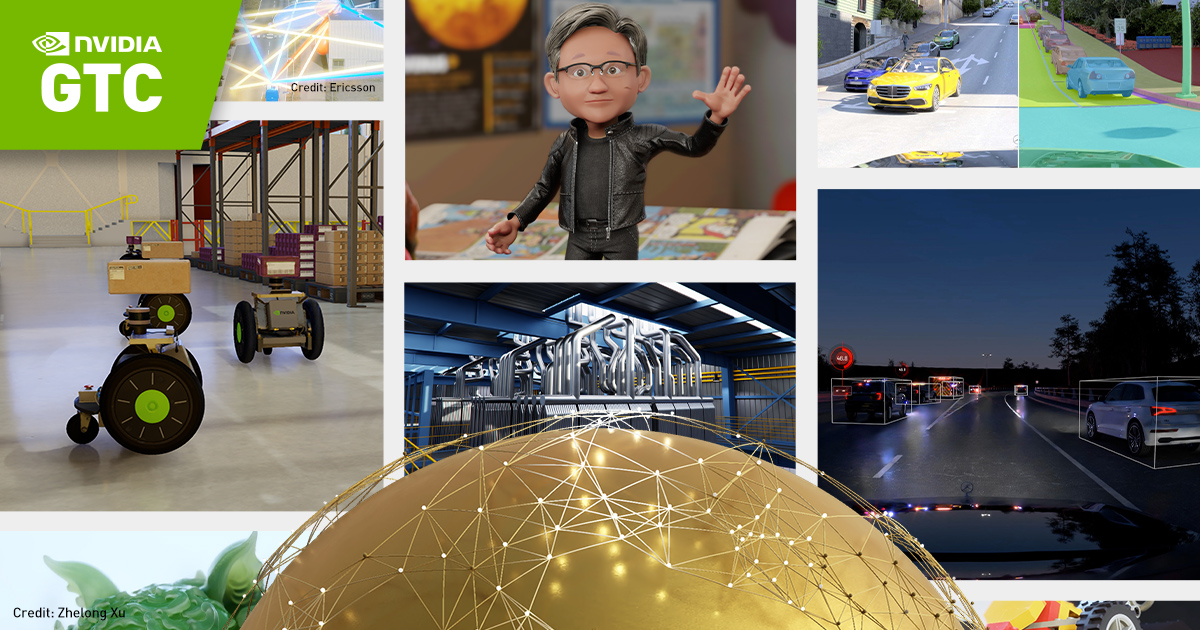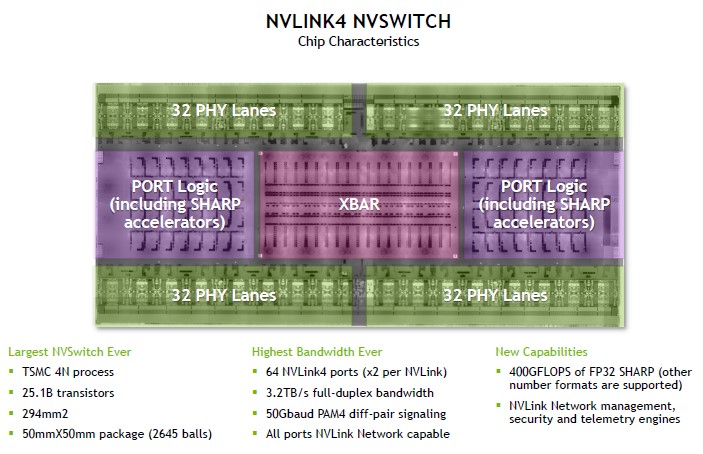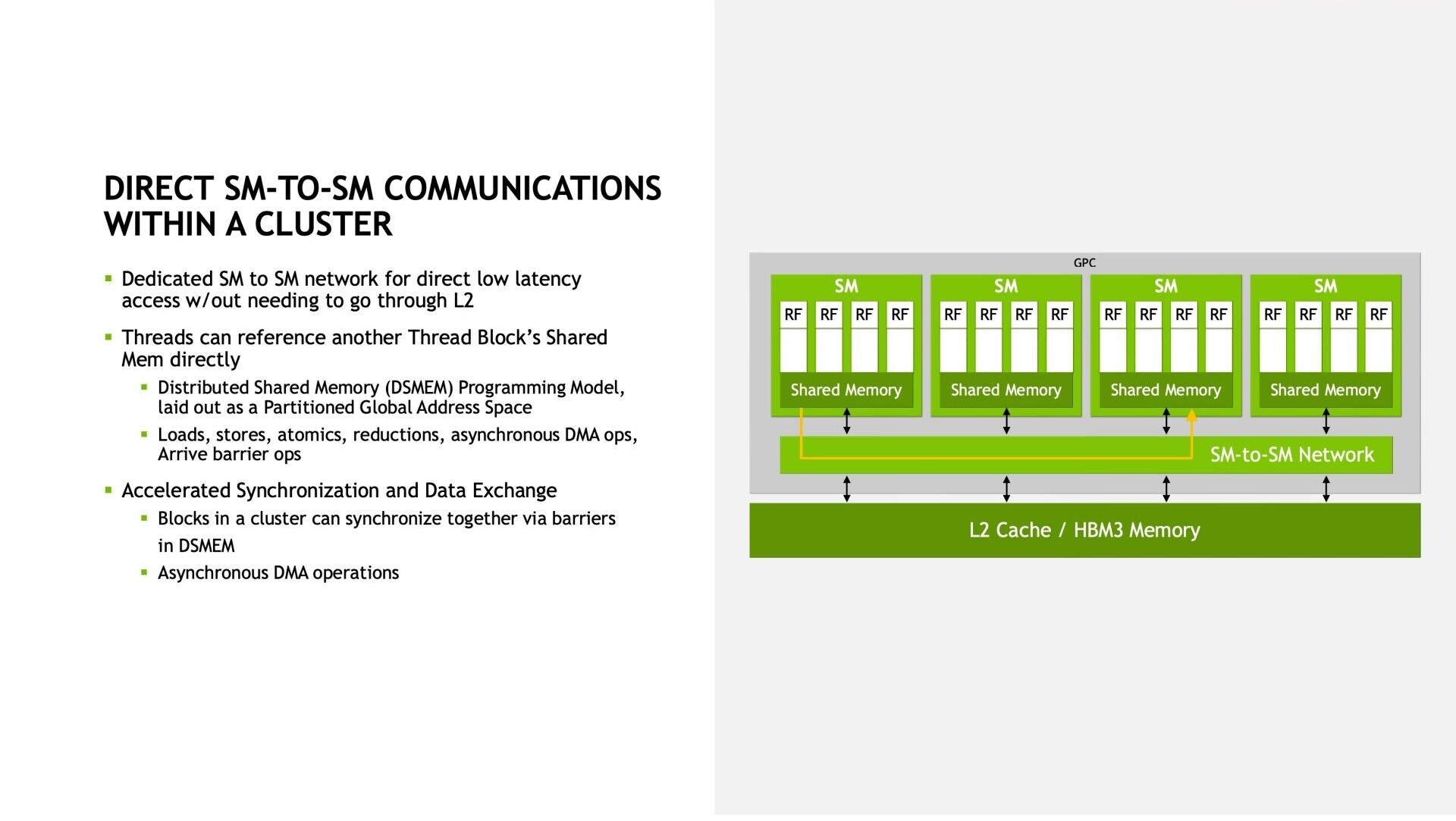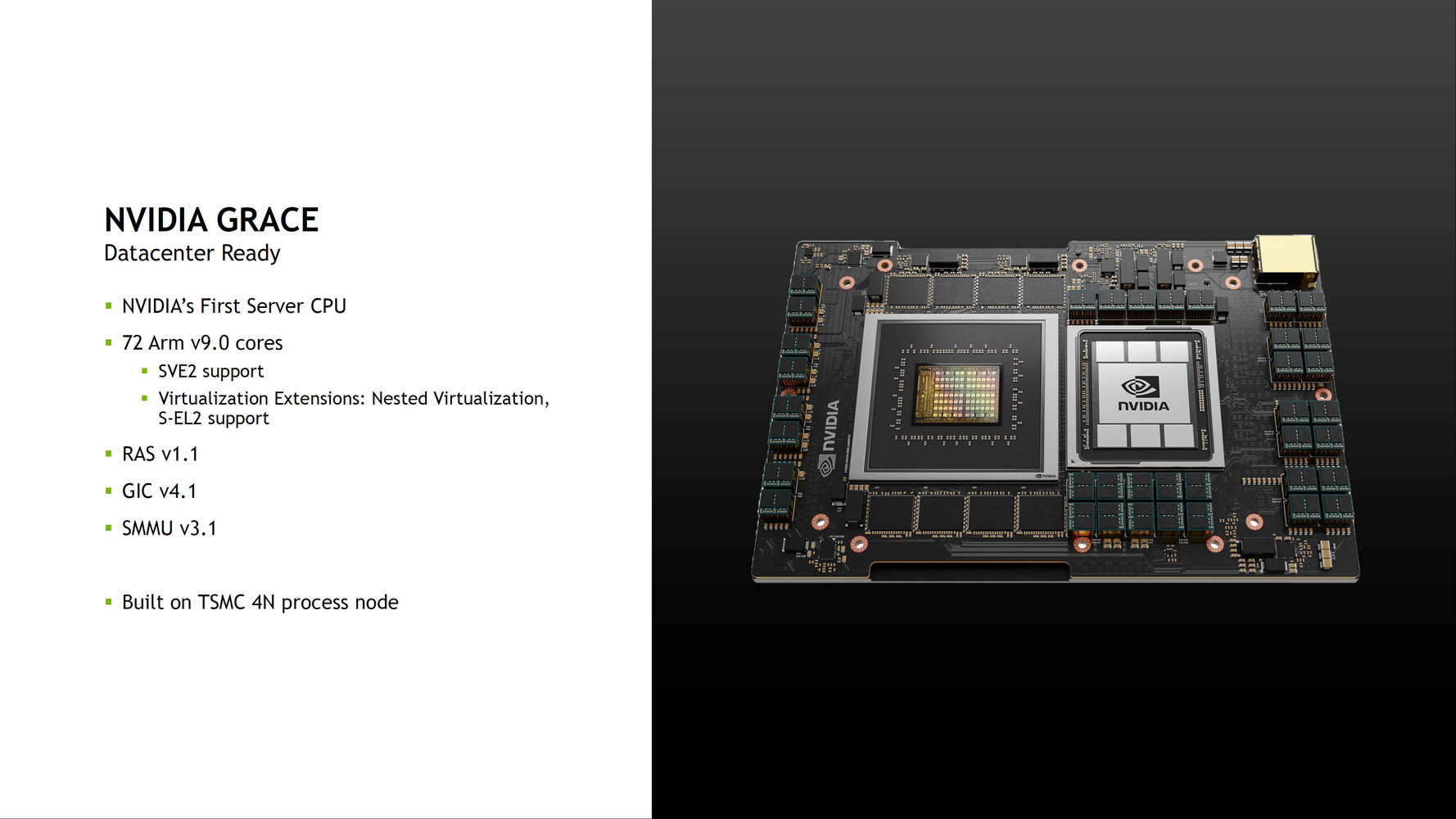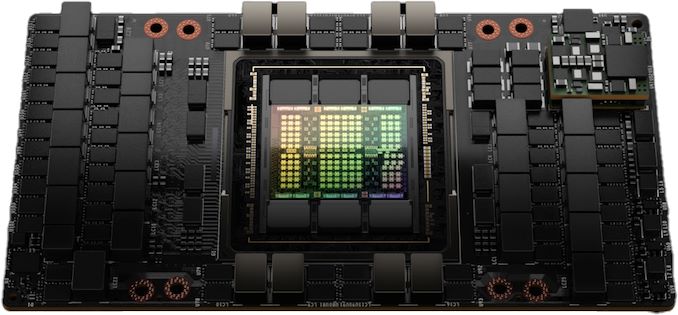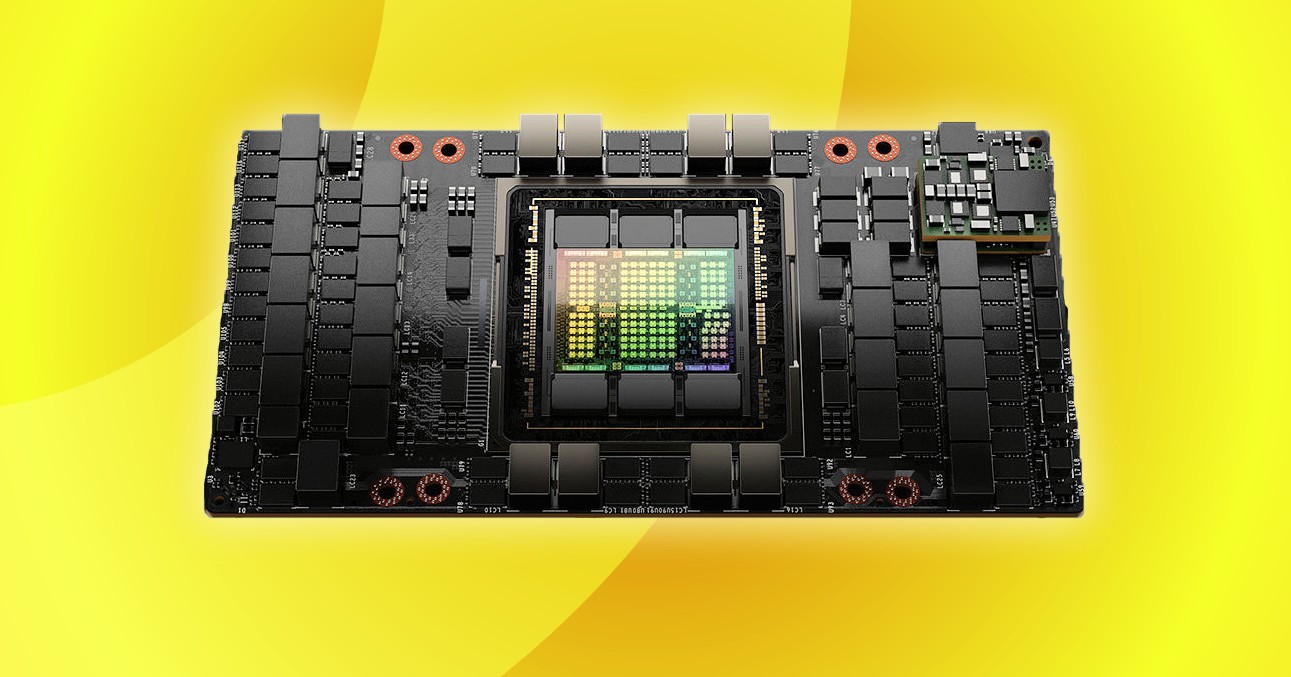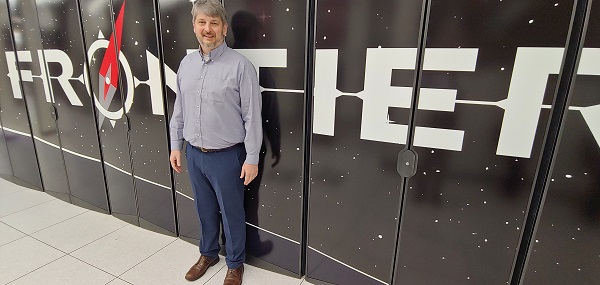Have you actually read the article you linked? It has absolutely nothing to do with DL or AI or any such thing, it's just telling that AMD has decided to use Google for additional capacity on top of what they had. The hardware they're using in the Google Cloud is nothing special either, just Milan Epycs.
Improved design and operations from applied Google Cloud artificial intelligence and machine learning tools and frameworks
Which other reason exists to pay a company to use their own CPUs?!

